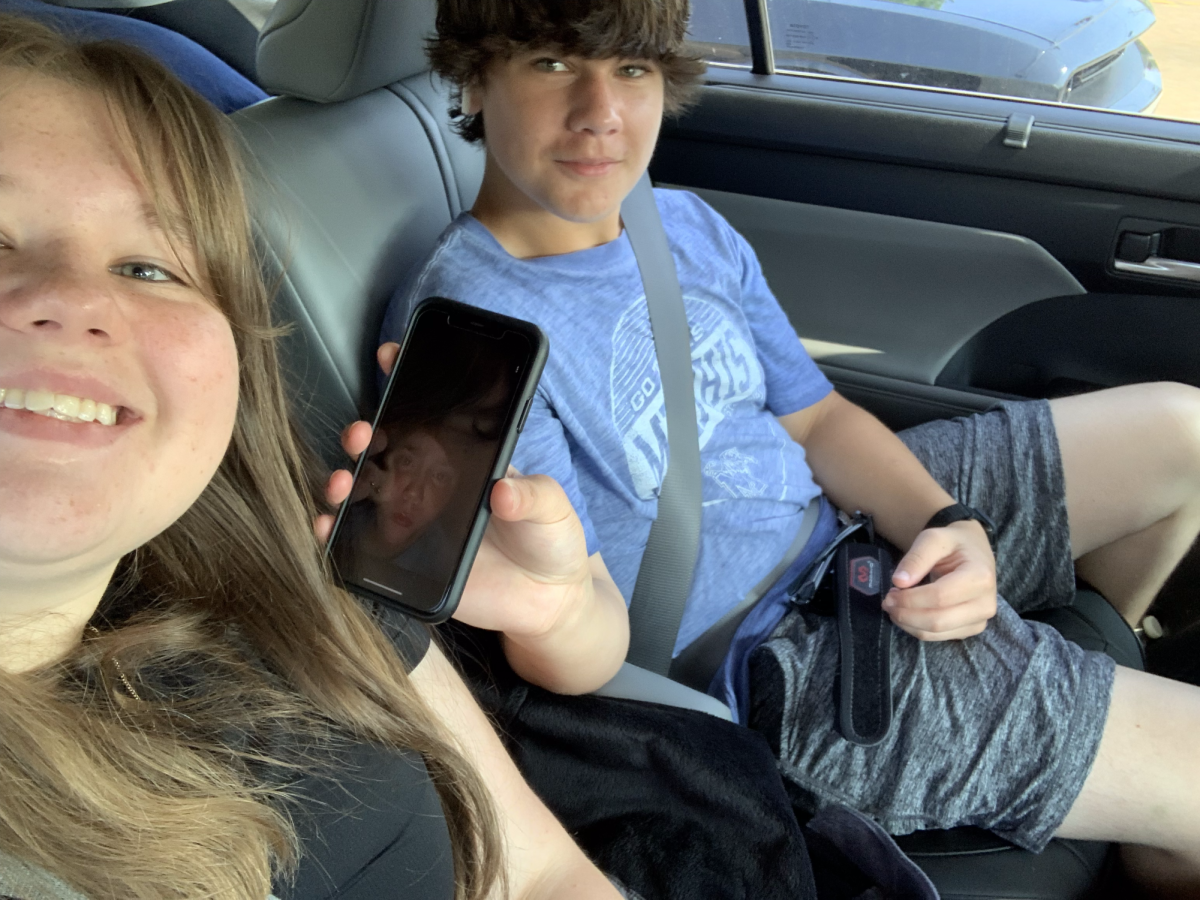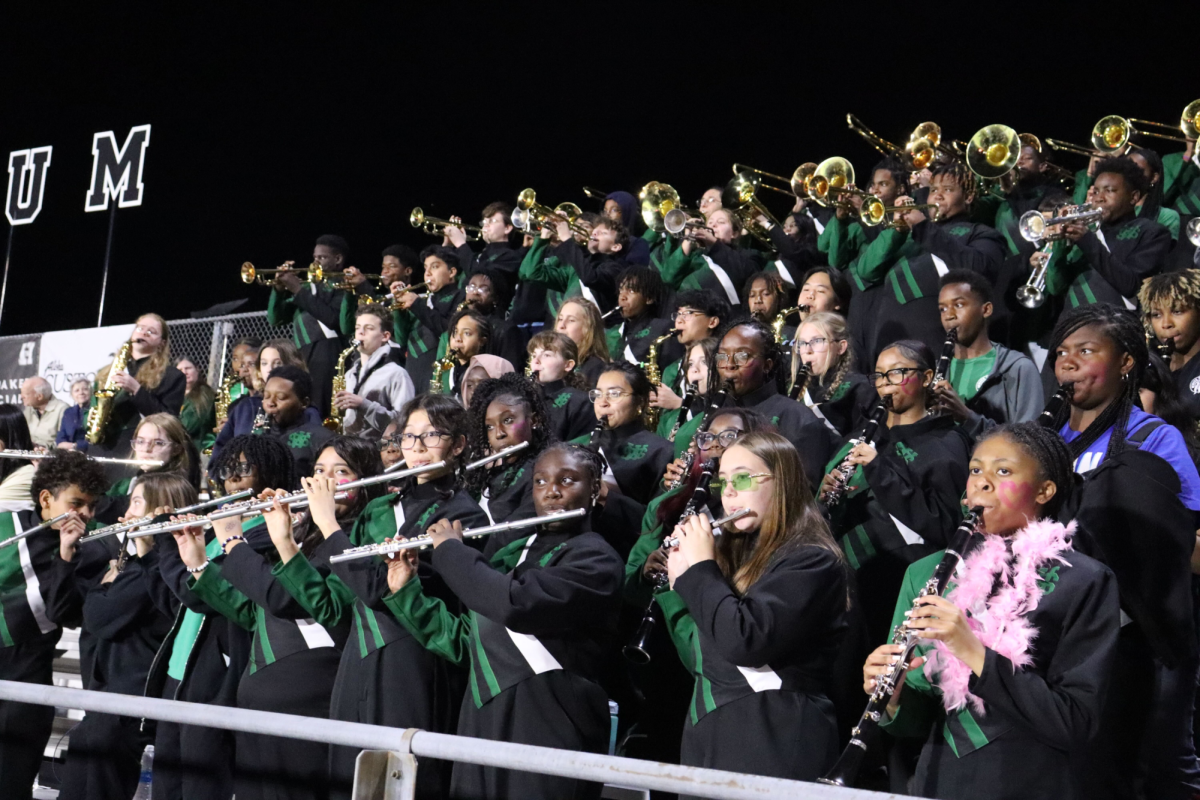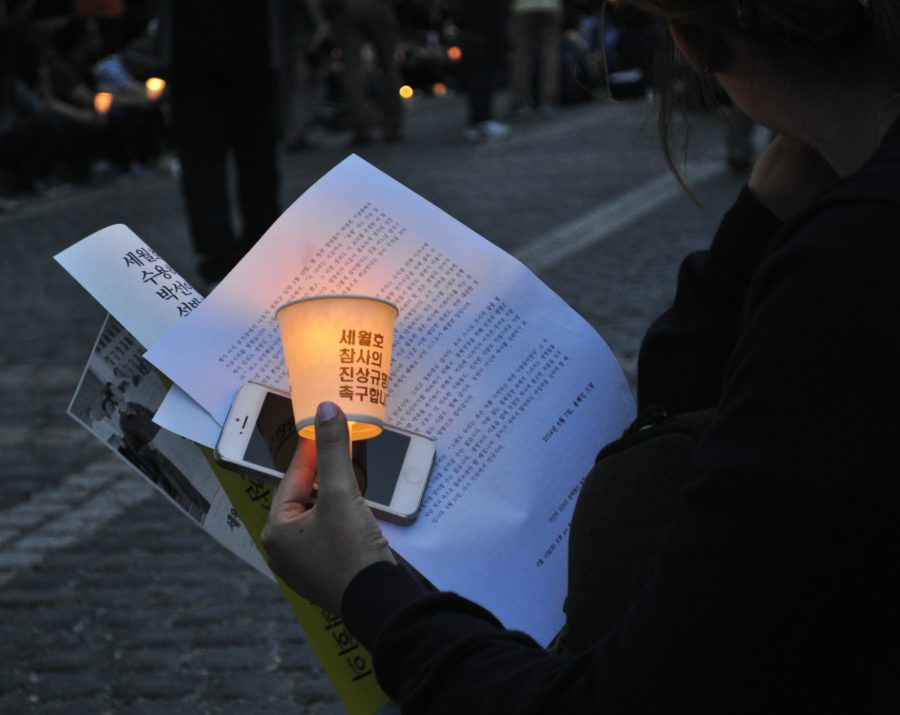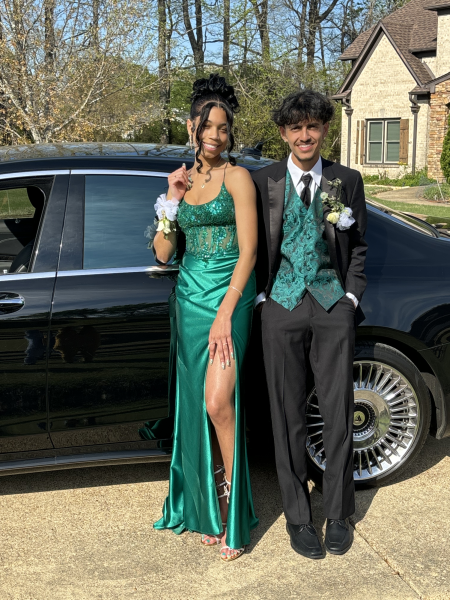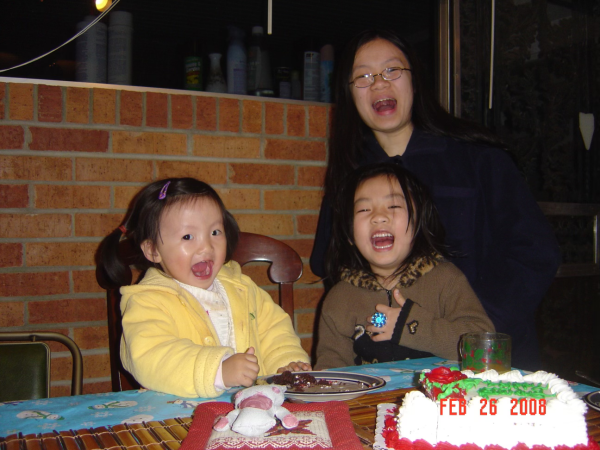Hate crime or terrorism? the media decides
The FBI describes a hate crime as “criminal offense against a person or property motivated in whole or in part by an offender’s bias against a race, religion, disability, sexual orientation, ethnicity, gender, or gender identity.”
The way hate crimes are defined is of major importance in many cases throughout the country. Recently, there was a crime that made the news in which a man with special needs was beaten and kidnapped by four African-American adults. The Chicago police chief then continued to downplay the heinous act as just “ranting and raving”. In the media, it was immediately covered as a hate crime by some outlets, but others presented it as a kidnapping with no particular motive. In reality, these people singled out this man because of his disability and took advantage of the opportunity they had to commit hateful abuse.
The tension that surrounded this crime fell within the race of the perpetrators and the race of the young man beaten. Some felt that, if the roles had been reversed, the media would have taken a much different approach to the crime, but none of that matters. All crimes with such outrageous violence and hate should be handled the same way. It boils down to the definition.
In other cases, the media has a hard time distinguishing whether or not something is a hate crime or an act of terrorism. The past two years have brought about several cases, such as Dylann Roof’s shooting of the nine African-American church members in Charleston, S.C., as well as the Pulse Nightclub shooting in Orlando, Fla., committed by Omar Mateen. Both cases were depicted as either a hate crime or an act of terrorism but truly fell under both categories.
The FBI defines domestic terrorism as an act that is “intended (i) to intimidate or coerce a civilian population; (ii) to influence the policy of a government by intimidation or coercion; or (iii) to affect the conduct of a government by mass destruction, assassination, or kidnapping.”
Omar Mateen shot victims in a gay nightclub, singling them out because of their sexual orientations. While many news outlets described it as an act of terrorism due to Mateen being an ISIS sympathizer, another part of his motive was overlooked. While Mateen definitely terrorized and intimidated a group of people, the fact that this crime was a hate crime was severely downplayed in the mainstream media until days after the shooting. Mateen focused in on this club rather than others because he was a homophobe.
The opposite problem occurred with Dylann Roof’s case. He chose the historic African-American church in Charleston because he felt that black-on-white crime was being overshadowed by other cases of white-on-black crime. While Roof’s case was generalized as a hate crime, it outraged some of the public for not being called an act of terrorism in the media. Roof intentionally inflicted terror tactics onto the people in the church standing behind a motivation of hate and anger.
Roof’s and Mateen’s crimes have overlapping qualities of both terrorism and hate crime components. They both terrorized different groups of people over prejudices they had. These cases dip into both sides of the definitions.
Roof’s and Mateen’s crimes are examples of how the media’s representation and description influence public perception.
Without describing crimes as every category it fits under, the media runs the risk of misinforming the nation. Both crimes were called what they were for a reason, but their descriptions go beyond that. Why does the media depict heinous crimes certain ways? Do news outlets always give the public the best knowledge of the case?
The media’s definition of a crime is just an extension of the definition of a hate crime or act of terrorism, but it needs to be used and displayed correctly or else the nation may downplay the needs of certain victims and their advocates. Remember to judge a crime you see on the sole facts that lie within the case, think critically about what the media says and go from there.
Your donation will support the student journalists of White Station High School. Your contribution will allow us to purchase equipment and cover our annual website hosting costs.



